
The Fundamentalist Church of Jesus Christ of Latter-Day Saints is a religious sect of the fundamentalist Mormon denominations whose members practice polygamy. It is estimated that 6,000 to 10,000 members reside in Hildale, Utah; Rocky Ridge, Utah, and Colorado City, Arizona (raided); Eldorado, Texas (raided); Westcliffe, Colorado; Mancos, Colorado; Creston and Bountiful, British Columbia (sold); and Pringle, South Dakota (sold).

Mormon fundamentalism is a belief in the validity of selected fundamental aspects of Mormonism as taught and practiced in the nineteenth century, particularly during the administrations of Joseph Smith, Brigham Young, and John Taylor, the first three presidents of the Church of Jesus Christ of Latter-day Saints. Mormon fundamentalists seek to uphold tenets and practices no longer held by mainstream Mormons. The principle most often associated with Mormon fundamentalism is plural marriage, a form of polygyny first taught in the Latter Day Saint movement by the movement's founder, Smith. A second and closely associated principle is that of the United Order, a form of egalitarian communalism. Mormon fundamentalists believe that these and other principles were wrongly abandoned or changed by the LDS Church in its efforts to become reconciled with mainstream American society. Today, the LDS Church excommunicates any of its members who practice plural marriage or who otherwise closely associate themselves with Mormon fundamentalist practices.

The Apostolic United Brethren (AUB) is a Mormon fundamentalist group that practices polygamy. The AUB has had a temple in Mexico, since at least the 1990s, an endowment house in Utah since the early 1980s and several other locations of worship to accommodate their members in Wyoming, Arizona, and Montana.
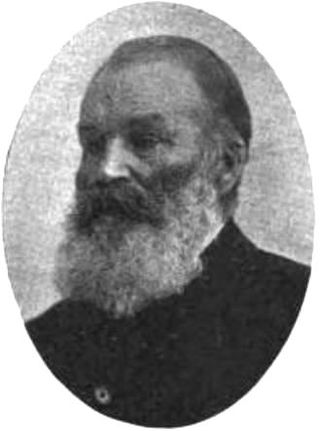
John Wickersham Woolley was an American Latter Day Saint and one of the founders of the Mormon fundamentalism movement. Most Mormon fundamentalist groups trace their origin directly or indirectly to Woolley.

Rulon Timpson Jeffs, known to followers as Uncle Rulon, was an American polygamist and religious leader who served as the president of the Fundamentalist Church of Jesus Christ of Latter-Day Saints, a Mormon fundamentalist organization based in Colorado City, Arizona, United States from 1986 until his death in 2002. He was the father of later FLDS Church leader and convicted felon Warren Jeffs.
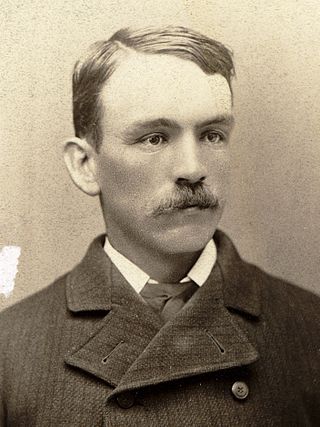
Lorin Calvin Woolley was an American proponent of plural marriage and one of the founders of the Mormon fundamentalist movement. As a young man in Utah Territory, Woolley served as a courier and bodyguard for polygamous leaders of the Church of Jesus Christ of Latter-day Saints in hiding during the federal crusade against polygamy. His career as a religious leader in his own right commenced in the early twentieth century, when he began claiming to have been set apart to keep plural marriage alive by church president John Taylor in connection with the 1886 Revelation. Woolley's distinctive teachings on authority, morality, and doctrine are thought to provide the theological foundation for nearly ninety percent of Mormon fundamentalist groups.

Leroy Sunderland Johnson, known as Uncle Roy, was a leader of the Mormon fundamentalist group in Short Creek, which later evolved into the Fundamentalist Church of Jesus Christ of Latter-Day Saints, from the mid-1950s until his death.
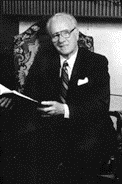
Owen Arthur Allred was the leader of the Apostolic United Brethren, a Mormon fundamentalist polygamist group centered in Bluffdale, Utah. He came to this position following the murder of his brother Rulon Allred on orders of rival polygamist leader Ervil LeBaron, in 1977.

The Short Creek Community, founded in 1913, began as a small ranching town in the Arizona Strip. In the 1930s it was settled by Mormon fundamentalists.
Alex Joseph was an American outspoken polygamist and founder of the Confederate Nations of Israel, a Mormon fundamentalist sect. As mayor of Big Water, Utah, Joseph was the first Libertarian Party mayor of a community in the United States.
Merril Jessop was a high-ranking bishop in the Fundamentalist Church of Jesus Christ of Latter-Day Saints, commonly referred to as the FLDS Church. He was briefly the de facto leader of the FLDS. Jessop was also in charge of the YFZ Ranch during the 2008 raid.

Joseph Smith, the founder of the Latter Day Saint movement, privately taught and practiced polygamy. After Smith's death in 1844, the church he established splintered into several competing groups. Disagreement over Smith's doctrine of "plural marriage" has been among the primary reasons for multiple church schisms.
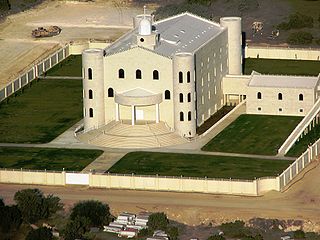
The term placement marriage refers to arranged marriages between members of the Fundamentalist Church of Jesus Christ of Latter-Day Saints. Placement marriage is believed and practiced by members of the FLDS Church to show their commitment and obedience in order to obtain salvation for themselves and their parents; it might be considered “the most visible outward symbol of members’ devotion."
Dorothy Allred Solomon is an American author and educator committed to informing people about the pros and cons of polygamous lifestyles.
William Edson Jessop is a leader in the Mormon fundamentalist movement.
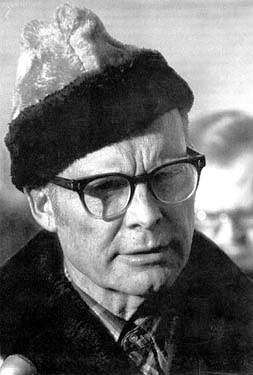
Ogden Wedlund Kraut was an American polygamist, author and publisher who became best known for his writings about Mormon fundamentalist topics. Kraut was an independent fundamentalist who never joined any fundamentalist group. He published his writings and other historical church writings through his Pioneer Press.
The Centennial Park group is a fundamentalist Mormon group, with approximately 1,500 members that is headquartered in Centennial Park, Arizona. The Centennial Park group broke with Leroy S. Johnson, leader and senior member of the Priesthood Council of the Fundamentalist Church of Jesus Christ of Latter-Day Saints, in the early 1980s. There is no formal relationship between the FLDS Church and the Centennial Park community. The group is also known as the "Second Ward", "The Work of Jesus Christ" and "The Work".
The Church of Jesus Christ of Latter-day Saints and the Kingdom of God is a Mormon fundamentalist church in the Latter Day Saint movement. The sect was founded by Frank Naylor and Ivan Nielsen, who split from the Centennial Park group, another fundamentalist church over issues with another prominent polygamous family. The church is estimated to have 200–300 members, most of whom reside in the Salt Lake Valley. The group is also known as the Neilsen Naylor Group or the Third Ward.

The Council of Friends was one of the original expressions of Mormon fundamentalism, having its origins in the teachings of Lorin C. Woolley, a courier and bodyguard for polygamous leaders of the Church of Jesus Christ of Latter-day Saints, who was excommunicated in 1924.









